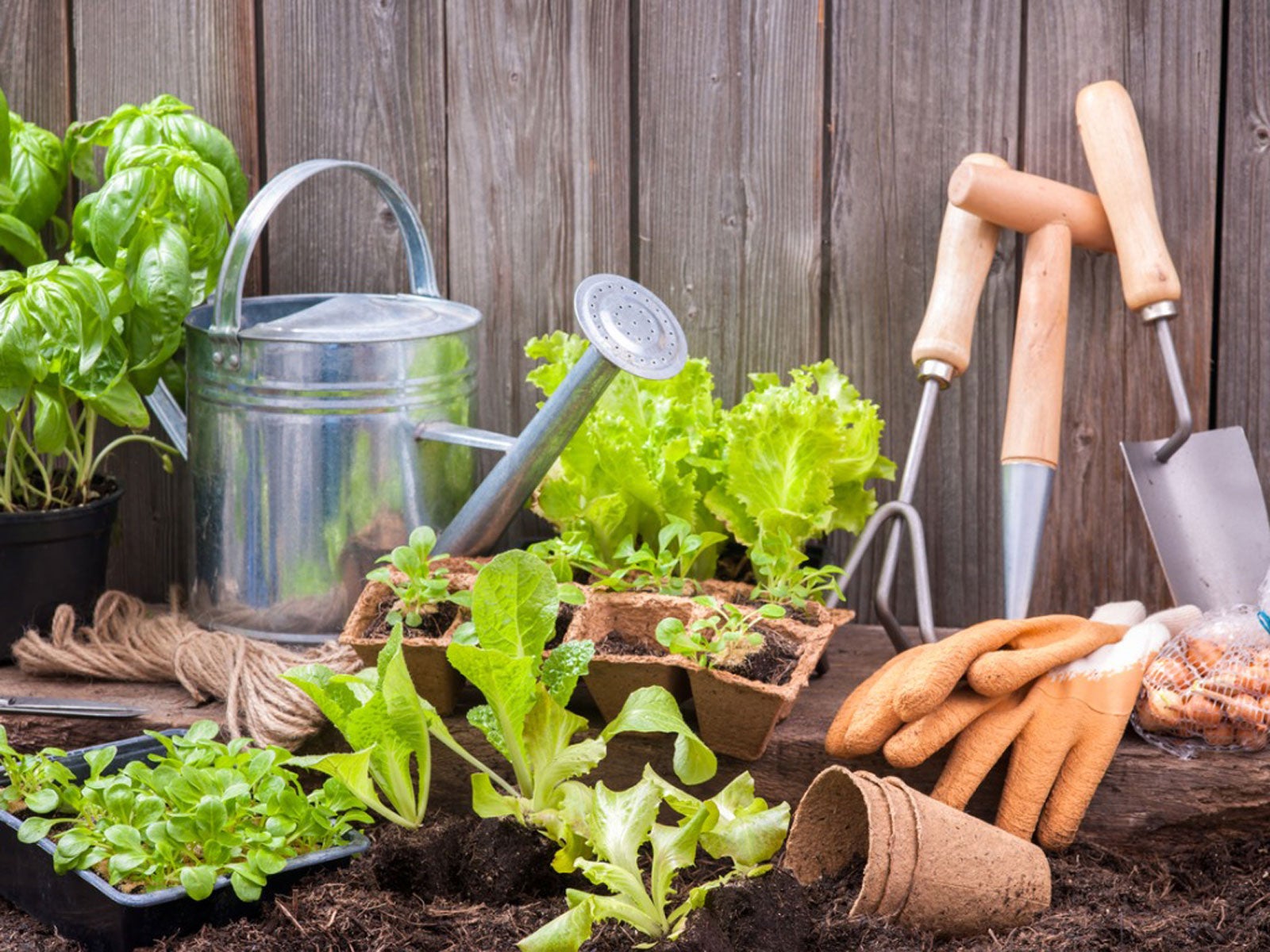Newbie Gardening Bliss: Expanding Your Yard with Happiness and Professional Support
Wiki Article
From Beginner to Environment-friendly Thumb: A Step-by-Step Journey Via the Art of Horticulture

Recognizing Your Horticulture Space
To start your horticulture journey, it is important to recognize the distinct characteristics and constraints of your gardening room. Take a moment to observe your surroundings. Is your area little or huge? Is it revealed to full sunlight or does it obtain partial color? Are there any kind of certain challenges you may encounter, such as bad dirt high quality or minimal water accessibility? Understanding these aspects will assist you make educated decisions concerning the kinds of plants that will certainly thrive in your area.Think about the dimension of your gardening area. You might need to focus on container gardening or vertical gardening to optimize your expanding location if you have a tiny room. On the other hand, if you have a large room, you have the high-end of growing a range of plants and developing various areas within your yard.
Next, evaluate the amount of sunlight your space receives. This will identify which plants will prosper and which ones might have a hard time. You can decide for shade-loving plants like brushes or hostas if your room is shaded. If your room obtains complete sunlight, you can expand a vast array of plants, consisting of herbs, vegetables, and blossoms.
Last but not least, consider any kind of restrictions or difficulties particular to your space. You might need to modify it with garden compost or choose plants that are forgiving of less-than-ideal conditions if your dirt top quality is bad. You can decide for drought-tolerant plants or carry out water-saving techniques like mulching. if water is limited.
Choosing the Right Plant Kingdoms for Your Yard
Select plants that are well-suited to your garden's special conditions and your individual preferences. When picking plants for your yard, it is necessary to consider aspects such as sunlight, dirt type, and environment. Take a look at the quantity of sunlight your garden obtains throughout the day. Some plants flourish completely sun, while others favor partial and even complete shade. Take into consideration the soil type in your yard. Some plants prefer well-drained soil, while others grow in clay-like or damp soil. In addition, consider the environment in your area. Some plants are better fit for dry and warm climates, while others can withstand colder temperatures.Another crucial facet to think about is your individual preference. Do you choose a garden filled up with vivid blossoms, or are you a lot more thinking about expanding herbs and veggies? Assume about the objective you want your yard to offer and the visual you wish to attain. It's additionally worth taking into consideration the upkeep level of the plants you choose. Some plants call for more care and focus, while others are extra low-maintenance.
Preparing the Dirt for Growing
First, evaluate the problem of your dirt to determine if any kind of amendments or renovations are needed. more tips here The top quality of your dirt is crucial for the success of your yard. Start by checking the texture of the YOURURL.com dirt. Is it sandy, loamy, or clayey? Sandy soil drains pipes quickly, while clayey dirt maintains water. Fertile dirt is the excellent equilibrium between both. Next off, examine the pH level of your dirt. A lot of plants choose a somewhat acidic to neutral pH, around 6.0 to 7.0. If your soil is also acidic or alkaline, you might need to adjust it making use of soil amendments such as lime or sulfur. Furthermore, you should take into consideration the vitamins and mineral content of your soil. Conduct a soil test to identify if any vital nutrients are doing not have. This will certainly assist you determine which plant foods or natural issue to include. Make certain that your soil is well-draining. Poorly drained pipes soil can cause waterlogged origins and various other plant Our site health and wellness concerns. If required, boost drain by including organic issue like garden compost or peat moss. By evaluating and making essential amendments to your soil, you can develop an optimal atmosphere for your plants to grow.Nurturing and Preserving Your Yard
Make sure to water your plants deeply, enabling the water to permeate the dirt and reach the origins. Routine weeding is also crucial to keep your yard totally free from undesirable plants that contend for nutrients and room. On a regular basis evaluate your plants for any type of indicators of invasion or ailment and take instant activity to avoid more damage.Troubleshooting Common Gardening Issues
If you notice eaten leaves or plants that are wilting for no evident reason, you might have a bug infestation. If your plants have actually yellow or stained leaves, they might not be getting adequate nutrients. Eliminate impacted plants and deal with the staying ones with natural fungicides or chemicals.Verdict
Congratulations! You have actually successfully completed the trip from novice to environment-friendly thumb in the art of gardening. By comprehending your horticulture area, choosing the right plants, preparing the dirt, and supporting your garden, you have gotten over common horticulture concerns like a pro. Now, armed with understanding and experience, you prepare to delight in the appeal and wealth of your thriving garden. Maintain up the magnum opus and remain to grow your environment-friendly thumb!
When choosing plants for your yard, it is crucial to think about factors such as sunshine, soil type, and environment. Some plants choose well-drained dirt, while others prosper in clay-like or wet soil (newbie gardening). By recognizing your horticulture area, choosing the right plants, preparing the dirt, and nurturing your yard, you have gotten over typical gardening problems like a pro
Report this wiki page